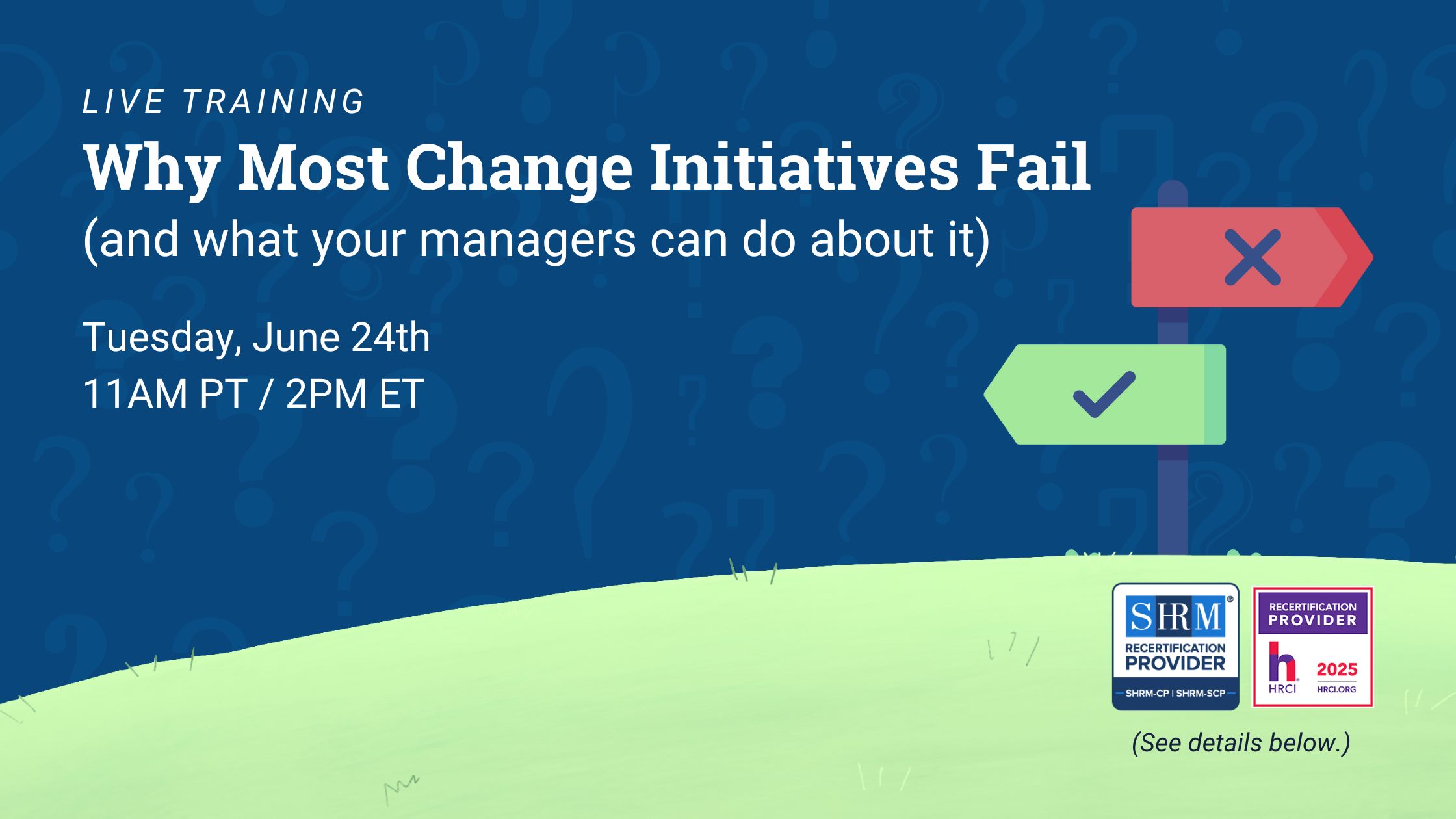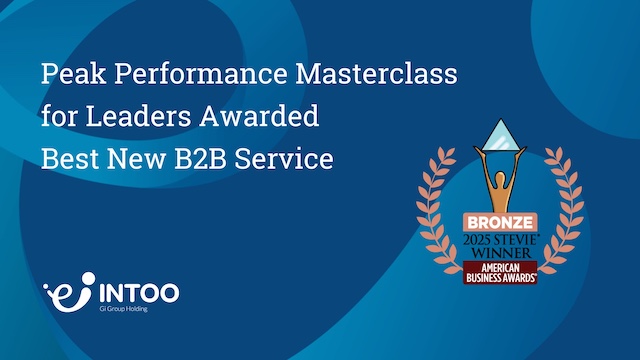All companies should want to find the best professionals to fill any open vacancies within the business. Luckily in this day and age, with online hiring services, sites like LinkedIn, and sophisticated head-hunting tools available, the recruitment process is quicker, cheaper and more straightforward than ever before. That being said, a lot of hard work still needs to be put into this aspect of your business in order to make sure you hire only the best candidates. Even with all the help of modern technology, recruiters and HR staff must be proactive when looking to fill positions. This is to say, instead of waiting for the right person to apply for a job that you are advertising for, employers should actively seek new team members. One effective way to do this is by building and maintaining a talent pool of desirable candidates.
In this guide, we’ll explore what talent pools actually are before outlining the steps your business will need to take to build and develop their very own.
What Is a Talent Pool?
A talent pool is a group of candidates who have expressed a desire to work for your organization. It can include a mix of past applicants, passive candidates, referrals, and leads from career fairs. Your talent pool may also contain the profiles of former employees and other professionals found on networking websites like LinkedIn.
Building a talent pool can benefit your organization by reducing the time and money needed for recruiting new employees. Instead of having to start the search from scratch each time a position needs to be filled, the pool allows recruiters and HR managers to first assess candidates previously compiled. It may be that an appropriate candidate can be found and contacted about the role before a full recruitment drive is started. Names from the talent pool can also be used to start forming a longlist of candidates, even if the job vacancy is still to be advertised. This can give the business a baseline when it comes to the standard of potential candidates they are considering for the role.
Steps for Developing a Talent Pool
Optimize recruitment methods using résumé databases
Having a collection of résumés at your disposal will make it easier to find job candidates with the skills and qualifications you desire. A résumé database allows organizations to streamline how they hire professionals by letting them search for specific traits.
For example, a software development company that needs a new team member may use keywords such as “programming” and “code optimization” to find people with relevant job experiences.
 Build good relationships with previous applicants
Build good relationships with previous applicants
Sometimes the right professional comes at the wrong time, which is why employers should avoid severing ties with strong applicants who weren’t initially hired. You can offer these candidates the opportunity to join your organization’s email list for alerts on new openings and additional exposure to your employer brand.
Companies can even offer resources to help applicants with their job search to establish a positive bond with them and further their employer brand. This could be part of a wider company candidate experience policy.
Start an internship program
You can tap into a well of budding talent by creating an internship program that attracts motivated students to your organization. Employers can see firsthand whether the interns have the potential to become assets to the company. Those in the program will become well-acquainted with your brand and policies, turning them into viable candidates for entry-level positions in the future.
 Introduce internal and collaborative hiring processes
Introduce internal and collaborative hiring processes
Your current team members should also be utilized as a resource for finding professionals. Each employee may possess a unique network of contacts you can add to your talent pool. Companies can let their employees have input on the hiring process by allowing them to source and interview candidates. Authorizing your team to find and approve incoming talent can also help them feel more involved with the organization and increase employee retention. Your business could even start an employee referral program. These programs incentivize existing employees to refer and recommend potential candidates through the use of financial bonuses if a referral is ultimately hired and passes a probationary period.
Utilize your company’s existing network
There are situations where the best fit for a position might be right under your nose. Current team members are excellent options for senior openings, given their familiarity with the company’s culture and operations.
Likewise, former employees who have left your business can also be considered for open positions. There’s a chance old members of your team will be interested in new opportunities with your organization, especially if they left the brand on a positive note. It could help to ask employees during their exit interviews if they’d ever return to the company if a favorable position became available.
How Do You Build a Diverse Talent Pool?
The first step towards improving your talent pool’s diversity is positioning your business as an inclusive brand. Try writing job descriptions that include equity statements and use gender-neutral terminology. It also helps to establish an inclusive company culture to attract like-minded applicants.
Additionally, businesses can improve their pool’s diversity by actively sourcing candidates from organizations for underrepresented groups.
Knowing how to grow and access a network of talented professionals can help any company find strong candidates for their open positions. Talent pools are a powerful resource, and one your organization should use to improve its recruitment process. INTOO helps employers of all sizes with cost-effective solutions for every stage of the employee lifecycle, including candidate experience, career development, and outplacement services. Contact us to learn how we can make a difference for you and your employees.


 Build good relationships with previous applicants
Build good relationships with previous applicants Introduce internal and collaborative hiring processes
Introduce internal and collaborative hiring processes








